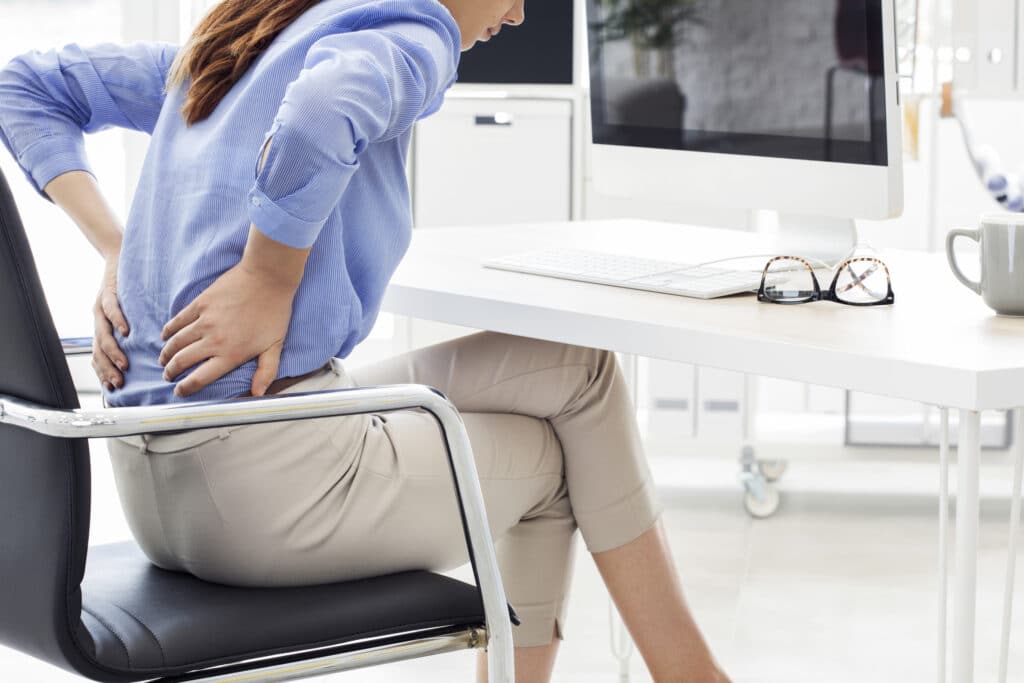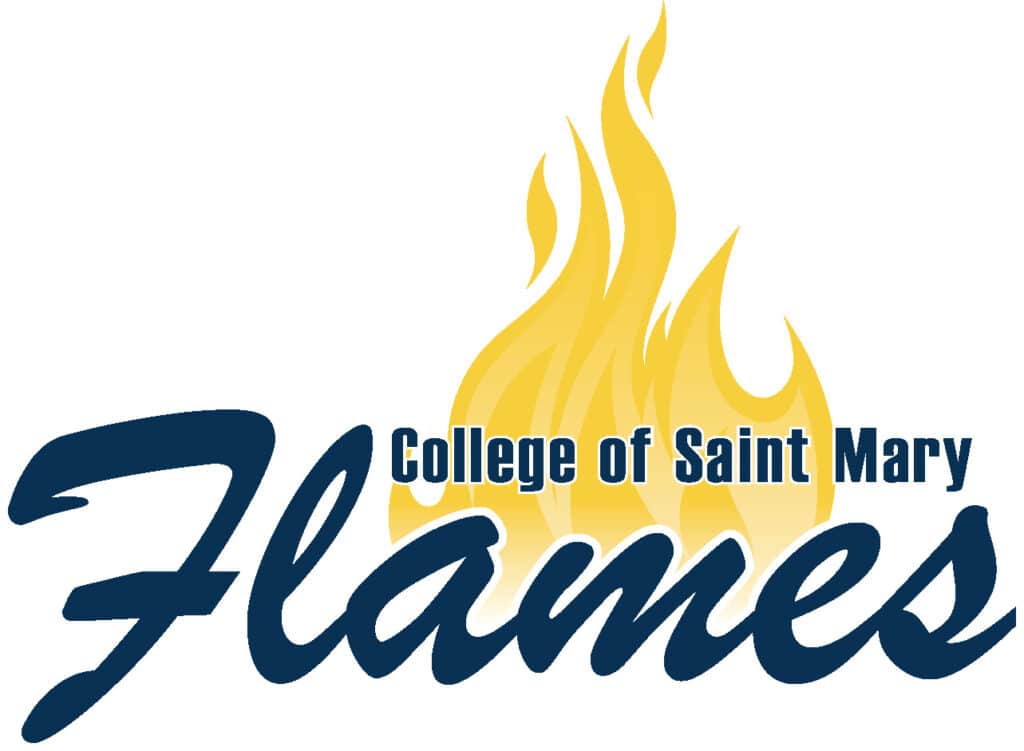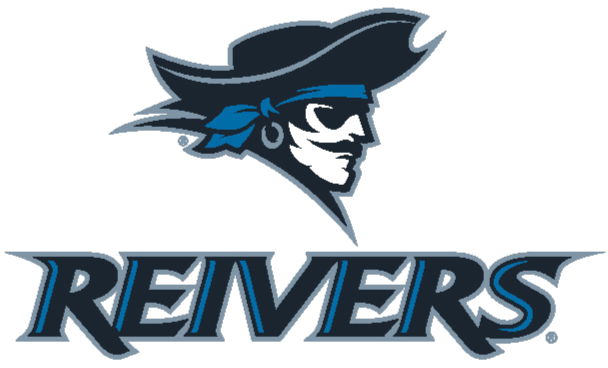
Most patients have heard the phrase “slipped disc”, “ruptured disc” or “disc popped out”. While these are certainly descriptive terms, they can be somewhat misleading. What these terms are referring to is a disc herniation. Disc herniation is common, especially in the low back (i.e. lumbar spine), and is one of the most common causes for low back and leg pain.
Discs, which act as shock absorbers for the spine, are located in between each of the vertebrae in the spine. Each disc contains a tire-like outer band (called the annulus fibrosis) that surrounds a gel-like substance (called the nucleus pulposus).
A herniation occurs when the outer band of the disc breaks or cracks and the gel-like substance from the inside of the disc leaks out, placing pressure on the spinal canal or nerve roots. In addition, the nucleus releases chemicals that can irritate the surrounding nerves causing inflammation and pain.
Most lumbar disc herniation occur as a result of sudden stress, such as from an accident. Sometimes they occur gradually, over weeks or even months.
The risk factors that can contribute to the chances of a disc herniation, include:
- Aging, as we get older, discs gradually dry out, losing their strength and resiliency.
- Lifestyle choices such as: lack of regular exercise, not eating a well-balanced diet, being over-weight, and tobacco use substantially contribute to poor disc health.
- Poor posture, incorrect and/or repetitive lifting or twisting can place additional stress on the lumbar 3
Symptoms of a lumbar disc herniation may include the following:
- Dull or sharp pain in the lower back, intensified by movements or activities such as bending, coughing, or sneezing
- Muscle spasms or cramping
- Sciatica (pain, burning, tingling, and numbness that extends from the buttock into the leg or foot)
- Leg weakness or loss of leg function
The good news is that most cases of lumbar disc herniation do not require surgery! Long-standing evidence suggests that pain associated with a herniated disc often diminishes without surgical treatment within 4-6 months. Unfortunately, it is not possible to predict which cases will have natural resolution, and which will not. Thus, patients are usually prescribed non-surgical treatments initially to help relieve symptoms.
A combination of the following treatments will be used with most herniated disc patients:
- Pain medications such as anti-inflammatories to reduce swelling and pain, muscle relaxants to calm spasms, and occasionally narcotic painkillers to alleviate acute pain
- Heat/cold therapy, especially during the first 24-48 hours
- Physical therapy exercises such as: gentle massage, stretching, and strengthening exercises to decrease pain and increase flexibility
- An epidural injection of anti-inflammatory medication. This is for patients who have severe pain or significant leg pain
If you continue to experience low back pain and/or leg pain please call Miller Orthopedic Specialists at 712-323-5333 to schedule an appointment with an Orthopedic Spine Specialist to evaluate, diagnose and develop a treatment plan that is both beneficial and appropriate for you.

